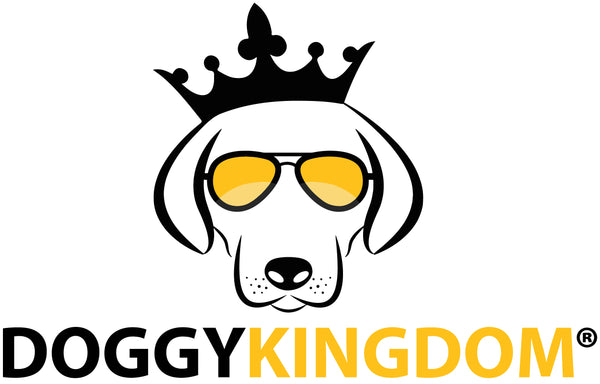Top Training Techniques for a Young Pup
Share
The day that you bring your new pup home is exciting! You have a new best friend, and you want to start the relationship out on the right foot. Training is a wonderful way to bond with your new puppy while ensuring that your furry bestie becomes a true companion as the pet grows up.
Everything that you do with a puppy is a learning experience. You can teach your dog so much while simply enjoying the young dog’s company and companionship.
The first training techniques for your young pup consist of the basics such as potty training, crate training, recall and the sit command. They are simple tasks that help lay the groundwork for future learning success.
Let’s examine the puppy training techniques by age so you have a firm idea of what to teach and win.
Eight to Ten Weeks
At eight to ten weeks, your puppy is still just a baby, so you’ll want to keep puppy training sessions simple and short. You’ll need to allow a daily schedule that includes feeding your pup, housebreaking, play and basic command training. Also, at this age you’ll want to start socializing your puppy, so he is exposed to new people and situations.
Teach your new puppy to wear a collar and walk on the leash. You can also start working on the sit command.
Start crate training your pup for short periods of time. Crate training is an excellent tool used for housebreaking young dogs. A pup will not soil where he lays. If you place the pup in a crate and then let the pet out to potty, then the chances are good that the pup will at once eliminate.
Heap on the praise any time your dog potties wherever you want the animal to relieve itself. With consistency, the pup should become housebroke quickly.
Remember when training a young pup, use a combination of treats and ample praise so your dog knows he is doing well and making you happy. Remember, your young canine wants to please you more than anything.
Ten to Twelve Weeks
At this age, your pup is becoming more aware of the world around him and might even show a little rebellion. However, with perseverance, your pup will also start retaining all the training that you are teaching.
Continue to socialize your pup around other dogs, cats, and humans. Take the pup out regularly for walks, park days, car rides, and more.
At ten to twelve weeks, your pup will start teething so be sure to provide the dog with ample chew toys and teach them what you do not want them to chew. At this age, your puppy is ripe for learning so use the pup’s willingness to please. Work on training commands like, ‘sit’ ‘stay’ ‘lay down’ ‘come’ and more.
Four to Six Months
Your pup is growing and might resemble more of an adult dog than a puppy. Continue collaborating with your pup so he learns leash manners. Visit stores and other public areas. Remember, every time you leave the house with your furry friend is an ideal a time to train and socialize the pet.
At the advanced age of four to six months you pup should know basic leash manners and obedience commands.
Even if your pup is older than six months old, then the animal can still quickly learn. Training is also a great bonding experience between you and your dog.
Take advantage of your pup’s willingness to learn by taking every opportunity to train the pet.




1 comment
Thank you so much for the tips!